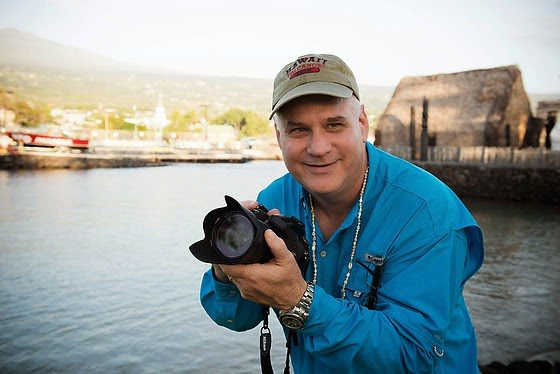| Nikon D810, 24-70mm [photo by: Robin Nelson] |
For those who want to find a staff job in a Newspaper, Magazine, or online outlet, the job description is a lot different these days than it was years ago.
Here are a few descriptions I pulled from job postings with the National Press Photographers Association:
- Candidates should excel at news, features, and sports photography. Our visual journalists are also counted on producing multimedia presentations and online slide shows.
- The multimedia coordinator is responsible primarily for video production and assists with other multimedia projects, including photo research, live streaming, and interactive content. In addition, the multimedia coordinator ensures that video projects produced will meet editorial and branding standards and tell compelling and distinctive stories.
- Candidates should have news, feature, sports, and multimedia experience and be prepared to work in a fast-paced, breaking-news environment.
- We are looking for an energetic, versatile, creative multimedia/visuals editor who can help us continue producing outstanding visual content for our readers!
Multimedia is technically anything that involves multiple types of content. The World Press Photo organization split this category into interactive and linear.
Linear productions give the reader guidance. However, there is only one way to experience the story. With an interactive package, the reader can decide the direction.
With either one, there needs to be visual storytelling in terms of photography and video in each.
 |
| Nikon D810, 24-70mm, ISO 3200, ƒ/7.1, 1/60 [photo by: Robin Nelson] |
Here is what I am telling students and those wanting to make a career change to storytelling/photojournalism.
I believe three components [skills] are needed to be hired as a staff multimedia producer.
First, you need to be able to write. You need to be able to capture the story in a written form. Writing is necessary because you must provide written captions many times, and today you may be putting the package together all by yourself.
Second, you need to have a good command of photography skills to capture the visual story as stills. You need to master your camera not just to get well-exposed images but use the creative tools of aperture, shutter speed, and light to tell a story more effectively. You need to know how to use artificial light, and I highly recommend learning how to use strobes off the camera.
Third, you need to master capturing motion and sound. Understanding that in most multimedia linear projects, the sound will drive the project, you must know how to capture and use it to help lead the audience through the story. Finally, it would help if you mastered post-production software like Final Cut Pro or Adobe Premier.
Your understanding of what makes a good story and how to find stories will be what is most valued by your employers.
I suggest taking journalism writing and photojournalism courses before diving into multimedia post productions skills. This background will take more than just taking the classes back to back. You must produce at the highest level showing you have mastered these skills.
Your portfolio will be more important than your degree. Those with solid portfolios get the jobs. Many people without a college degree had jobs, while those with a college degree didn’t.
With a portfolio being essential, your degree is what can also make you more valuable, especially if your degree is in a subject that helps make you an expert in that subject. For example, Sebastião Salgado has a doctorate in economics, and Eugene Richards has a degree in social work. These photographers built their professions on their expertise in the subjects they cover.
As you can see, this is a lot to master, so don’t quit your day job before you have a portfolio that shows you can tell stories using multimedia.

